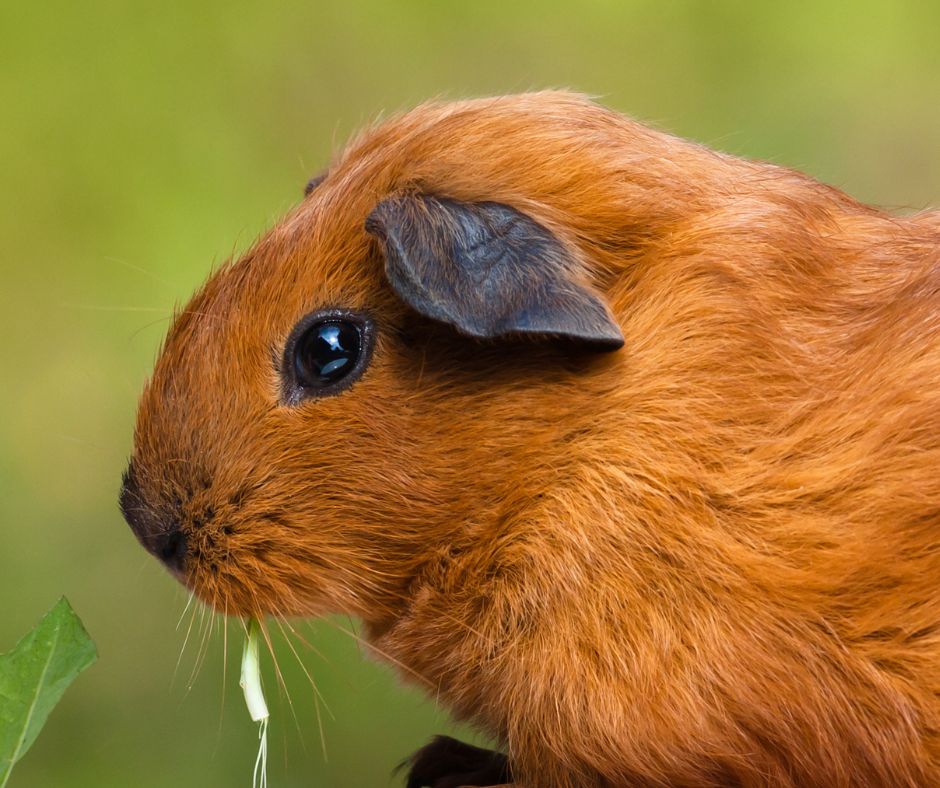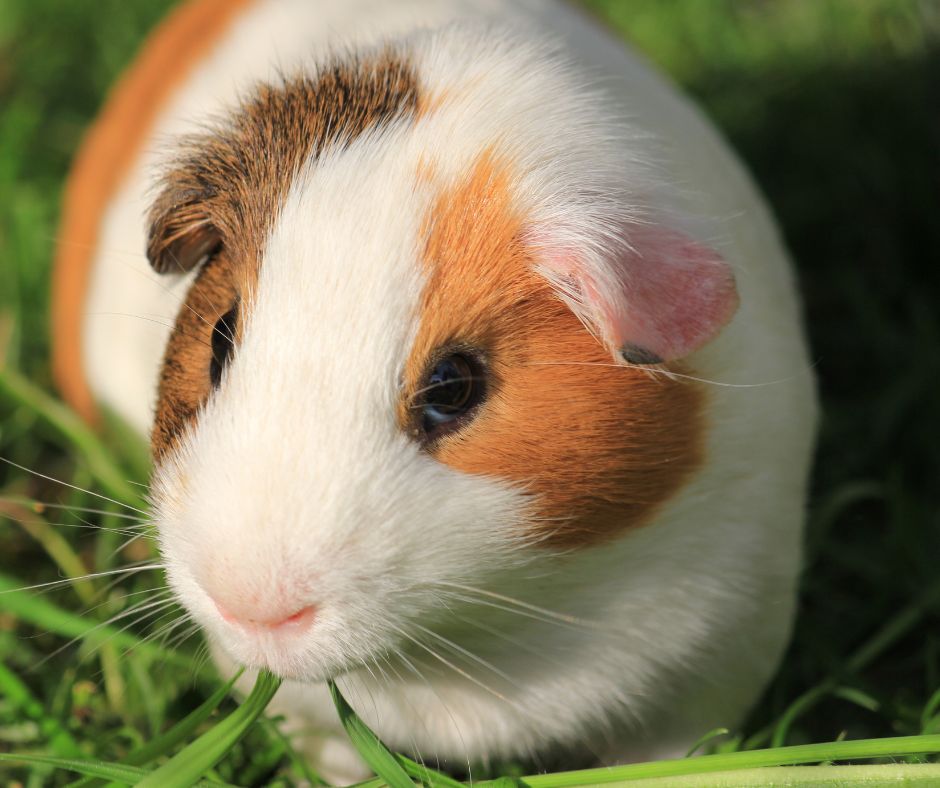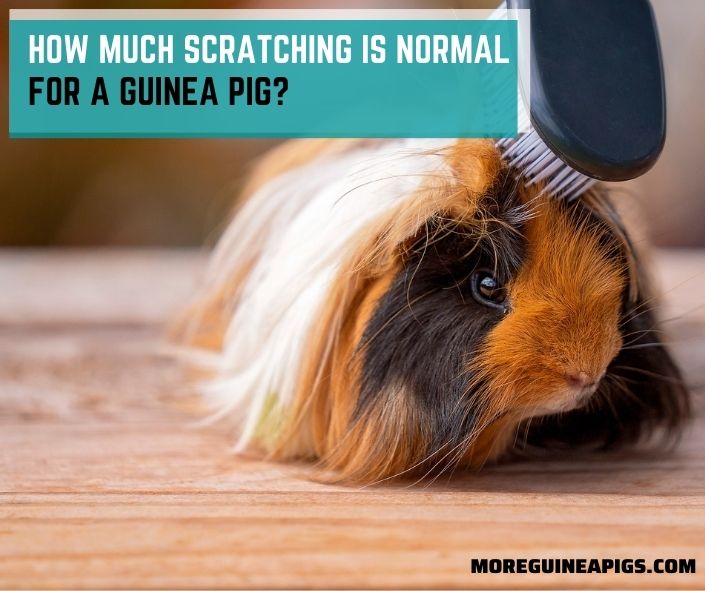What You Need To Know When Guinea Pigs Have Bald Spot Behind Ears?
Normally, various pets have bald and colorful spots on various places of their bodies. It’s important to determine whether the spot is normal or if it’s caused by an infection or disease. So, Is It Normal If Guinea Pigs Have Bald Spot Behind Ears?
When guinea pig owners notice bald spots on their pets’ ears, they consult a veterinarian. This article will explain the differences between normal spots and spots caused by infections.
So, read the entire post till the end to learn everything there is to know about such spots and dots.
Is It Normal If Guinea Pigs Have Bald Spot Behind Their Ears?

Yes, bald spots behind the ears are common as long as the skin around the ears appears to be healthy and normal. Genetic variations are to account for these bald spots.
However, if you notice redness, soreness, or inflamed skin, it could be an indication of a fungal or parasite infection. So, if you find a spot like this, consult a veterinarian right once because the infection can spread quickly.
Description of Bald Spot
A normal bald spot resembles hairless skin with no redness or inflammation. It feels smooth, shiny, and healthy when you touch it with your palm.
These bald spots are most commonly found on the edges and terminals of ears. The bald spot also covers a circle or any other regular shape. There will be no irregularities in its shape.
Sign of Ringworm if You See a Ring Inside the Bald Spot

If the bald spot is caused by fungi, such as ringworm, it will be red and inflamed, with the center of the spot being more inflammatory and patchy.
When guinea pigs are kept in an overcrowded cage with little ventilation, they acquire ringworm infections.
The ringworm infection must be treated because it is contagious and can spread to other cage mates. To treat the infection, a veterinarian will prescribe both topical and oral medications.
He or she will recommend a special diet for your pet that includes antifungal medications.
Sign of Fungal or Skin Infection
When your guinea pig develops a fungal or skin infection, the patches will not be itchy at first, but the itching will increase as the infection progresses. The hair around the spot will be very weak and start falling when you touch the pet.
Only a qualified veterinarian can confirm the diagnosis. Because skin infections can have a variety of causes, antifungal medications cannot be prescribed for each one. The vet will suggest different ways with medications to prevent the reoccurring of the infection.
Banixx Pet Care for Fungal & Bacterial Infections
FAQs
What causes your guinea pig to miss a patch of fur?
A fungal infection is the most prevalent cause of your guinea pig’s missing fur patch. The patch spreads, resulting in hair loss in other parts of the body.
The area is usually painful and red, and in severe cases, it causes the mucous discharge. So, consult your vet to control the infection.
How to determine if a guinea pig has mites?
The most common guinea pig mite symptom is excessive scratching and rubbing of the skin. Mites lay eggs in the hair as well, which seem to be little dust particles.
In addition to dandruff, hair loss, and scratching, a guinea pig will have an irritated respiratory system, watery eyes, sneezing, and coughing.
Will guinea pig mites transfer to humans?
Yes, they can spread to people and other cage mates, resulting in skin infection. Guinea pigs pick up these mites from their cage mates and other animals.
They’re also a result of a dirty and unhygienic environment. As a result, always keep your Guinea pig in a clean environment and wash your hands thoroughly after handling an infected Guinea pig.
How to clean guinea pig ears?
A cotton swab or cotton ball can be used to clean a guinea pigs’ ears. Disinfect the cotton ball before inserting it carefully into the ears to remove any accumulated ear wax.
However, avoid inserting the cotton ball into the auditory canal’s end, as this can cause harm to the inner ear.
In Conclusion
Guinea pigs can have bald patches on their ears and other body parts such as legs. The main thing is to recognize the difference between normal and infected spots.
Because bald spots can be caused by a fungus, a parasite, an allergy, or mites. Consult your veterinarian if you notice anything unusual so that infection can be treated and prevented.








